June 8, 2025 | 13:04 GMT +7
June 8, 2025 | 13:04 GMT +7
Hotline: 0913.378.918
June 8, 2025 | 13:04 GMT +7
Hotline: 0913.378.918
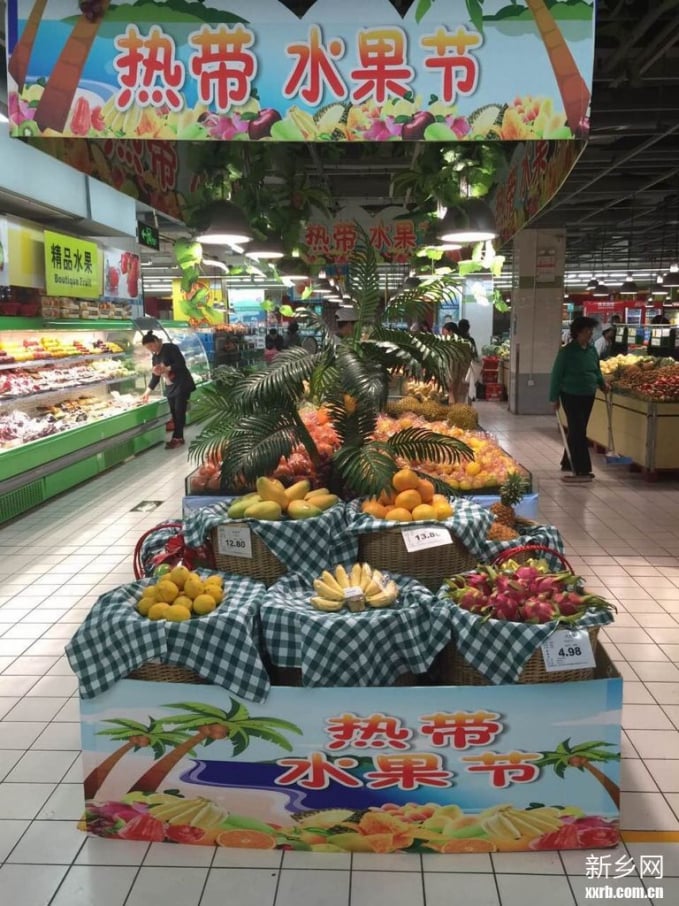
Vietnamese fruits in China.
From the Editor desk:Journalist Sanh Hoa currently works at China Media Group. She has many experiences with Vietnamese fruits, and thus write about her love for them exclusively for Vietnam Agriculture Newspaper.
Benefiting from the "zero tariffs" of the China-ASEAN Free Trade Area, as well as the convenient goods distribution channel, a wide variety of Vietnamese fruits, including lychee, only takes about 2 to 3 days from harvesting to be at present on Chinese people’s tables. Apart from their freshness, Vietnamese fruits also have very "people-friendly" prices, so the distance between Vietnamese fruits and Chinese people has been increasingly narrowed.
Back in 2004, when I first came to Vietnam, the place was still strange to me, making me feel a little nervous at that time, even greeted by the boiling hot summer, as if the sun was pouring down fire. The weather was hot and humid, making a foreign student like me always feel anorexia. I once walked into a Vietnamese market by chance, thus marked my first encounter with dragon fruit. When eaten, its luscious deliciousness and sweet aroma melted into my mouth. While it drifted down my throat, I can sense a bit of coolness, which then cleared all my strange feelings towards Vietnam.
In the following days, to better blend in with the Vietnamese people’s lifestyle and quickly improve my Vietnamese, every time after school, I always felt excited to go to the market to interact with fruit sellers. From the simple "Xin chao/Hello!", I started to talk more to the salesgirls: "Xin hoi day la gi a/Pardon me, but what is this? Bao nhieu tien ha co/How much does this cost?...".
Many years have passed, but the enthusiasm of the Vietnamese people and the delicious Vietnamese fruits have left a deep impression in me.
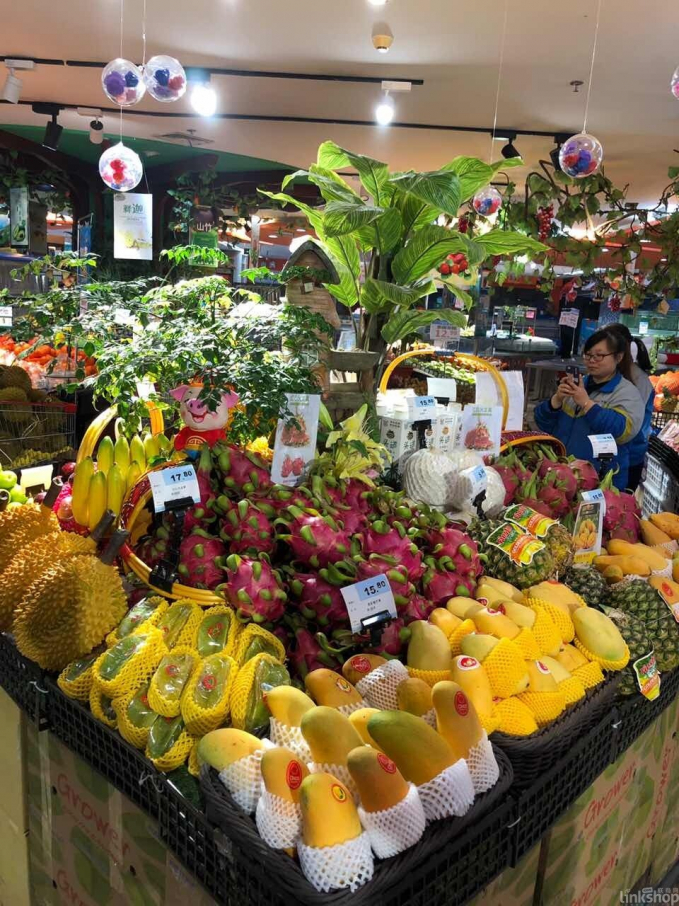
Vietnamese tropical fruit in China.
In the present time, you no longer have to go all the way to Vietnam to enjoy Vietnamese fruits. They are always sold in big supermarkets in Beijing as well as many other cities in China. One more convenience is that, along with the development of e-commerce sites, the Chinese people just need to sit at home and still enjoy fruits from all over the world, including Vietnam.
Tropical fruits, such as passion fruit, mango, longan, banana, lychee, watermelon, rambutan, jackfruit, dragon fruit are all familiar fruits in my shopping basket. With just a simple "click" on the mouse, delicious Vietnamese fruits are delivered to your home within 1-2 days, sometimes even within a few hours.
Currently, the lychee cultivation scale in places such as Guangdong, Guangxi, Sichuan... of China is very big, with an annual output of more than 2.8 million tons. The large lychee growing areas in Luc Ngan district, Bac Giang province or Hai Duong province... in Vietnam are also known by many Chinese people.
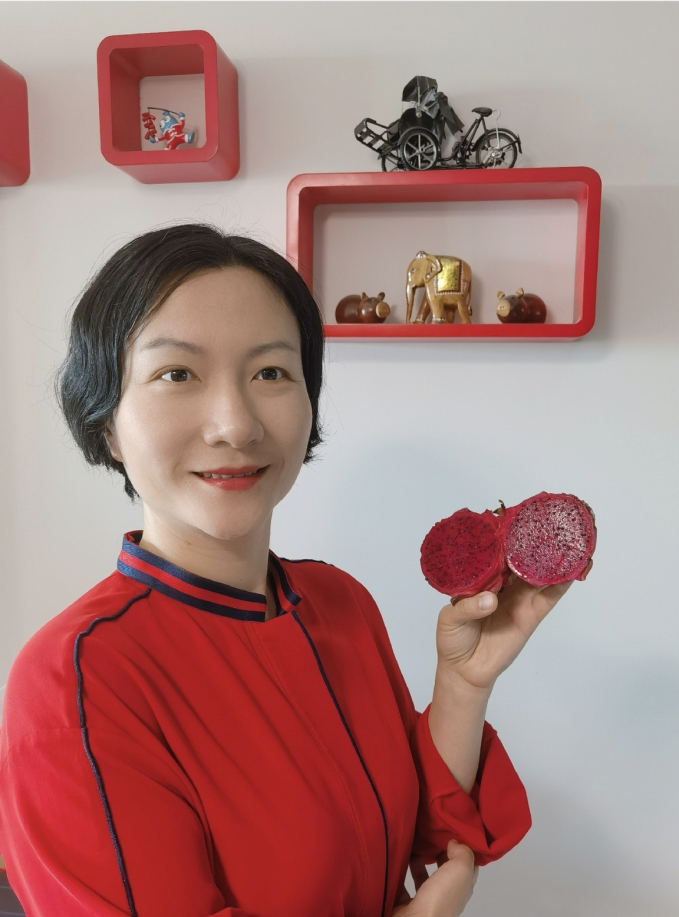
Journalist Sanh Hoa especially loves Vietnam's dragon fruit.
Due to the rapid economic development, Chinese consumers' demand for fruits has become more and more diversified, and many kinds of imported fruits have captured everyone's interest. I also go out sometimes to buy Vietnamese lychees and dragon fruits at big supermarkets in Beijing. My friends also like Vietnamese fruits such as lychee, dragon fruit, mango...
There are many who told me that since Vietnam is located in the tropical region, their fruits are more delicious, sweeter and very safe. In addition, Vietnamese fruits have made up for the "thirst-for-fruits" winter seasons in northern China.
In recent years, along with the increasing consumption of Chinese people, the Chinese market demand for tropical fruits such as Vietnamese dragon fruit has increased. Many Chinese enterprises are looking for new fruit supply partners as well as Vietnamese orchards to cooperate, brand-pack according to partners' needs, support Vietnamese fruits to penetrate the Chinese market, especially provinces/autonomous regions on the border such as Guangxi, Yunnan which are increasing Vietnam’s fruit import volume through many channels.
China and Vietnam are good partners with win-win cooperation, beneficial for the national construction encouragement of both sides. I hope that in the future, the Chinese people's table will have more and more delicious and nutritious Vietnamese fruits! I hope the future cooperation between the two countries will flourish like the red color of dragon fruit - the fruit I love so much!
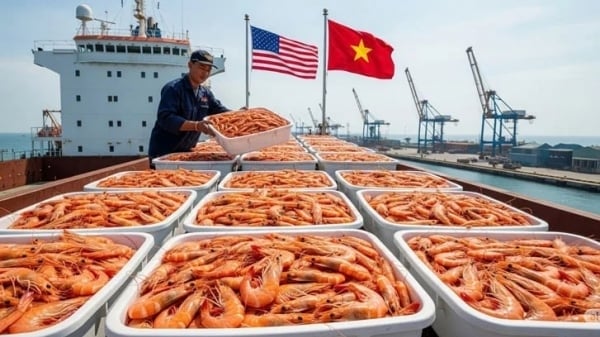
(VAN) Vietnam and the United States are proactively working together, each in their own way, to ensure that every container of agricultural goods carries not just products, but also long-term trust and value.
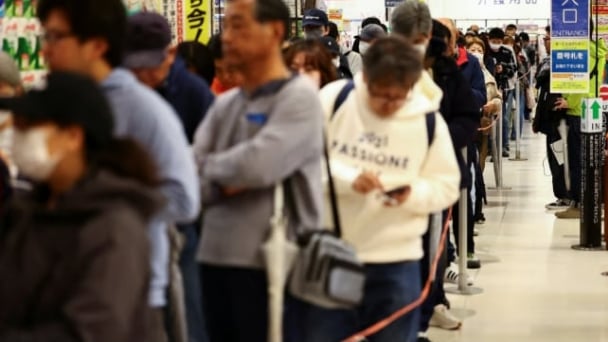
(VAN) Stores have started selling rice from the government’s stockpile to feed demand for the staple.
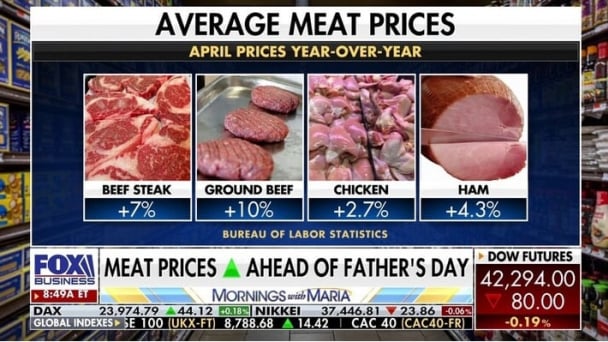
(VAN) Omaha Steaks CEO says rebuilding cattle herds will take about a year to ease price pressures.

(VAN) Reciprocal tariffs and recent NOAA rulings are presenting substantial obstacles for Vietnamese tuna exporters in the U.S. market. As a result, the industry is actively seeking alternative export destinations.

(VAN) Although the U.S. holds a small share of Vietnam’s rubber exports, newly imposed reciprocal tariffs are expected to impact the sector. Vietnamese enterprises must optimize the use of significant markets and free trade agreements.
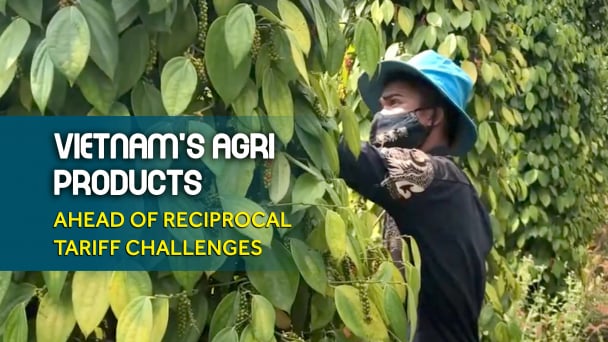
(VAN) Vietnam's pepper industry is looking forward to the final tariff decision in order to sustain its robust presence in the United States, the country's biggest pepper market.

(VAN) The U.S. is the largest market for Vietnamese cashew nuts. However, when exports to the U.S. encounter difficulties due to reciprocal tariffs, Vietnamese cashews still have many other potential markets.